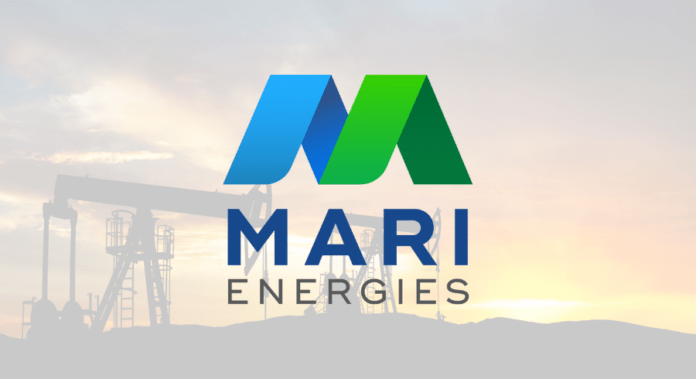markets that investment in gas importing, distribution and power production assets will lead to stranded assets and lost wealth, according to analysis from IEEFA.
IEEFA warned in January 2021 that over US$50 billion in gas power projects and liquefied natural gas (LNG) import facilities were at risk of cancellation in Bangladesh, Pakistan and Vietnam, as gas-fired electricity became unaffordable in emerging markets.
This week the US domestic gas price indicator – from which its increasing exports are priced – traded above US$5 per one million British Thermal Units (mmbtu), up 112% for 2021 year-to-date.
The higher more volatile gas price rises are global.
The Asian spot price – the JKM – is up 106% over 2021 to US$21.63/ mmbtu and the European gas price is up 270% to US$19.74.
The net effect of these trends is that markets are in for continued volatility in global gas prices with periods of very high pricing.
Like the previous global gas price spike, this one has left customers scrambling to supply domestic electricity.
Both Bangladesh’s state-run Petrobangla and Pakistan have suspended purchases of LNG after tenders came back with unaffordable prices.
The inability of a number of countries being able to supply electricity due to exceptionally high prices brings into question further expansion or new development of gas import infrastructure in Bangladesh, Pakistan, Vietnam and India.
If the fuel is unaffordable, why have plans to increase its use?
While spot prices for LNG are currently high, the medium term price outlook is far more clouded. Large rises in supply out of Qatar due to increased production will have a depressing effect on the price, however this is counteracted by four pervasive trends.
- Capital is being withdrawn from the industry
Both superannuation funds and banks are more wary of investing in or lending to the oil and gas industry as gas has lost its place in the world’s future energy mix. Just last week Harvard University announced that it was no longer investing in fossil fuels, joining a list of nearly 200 globally significant banks and insurers, asset managers and owners that have announced their divestment from fossil fuels including coal, oil, LNG, gas, oil sands and arctic drilling.
- Customers are fearful of the medium-term financial risks of gas
Customers clearly see that renewable energy costs continue to fall making gas an uncompetitive fuel. As a result, they are not committing to long term gas contracts with contract terms commonly 10 years now compared to 20-year-plus contract terms just 7 years ago. Shorter more flexible contracts make obtaining finance for capital intensive 30-year LNG projects problematic.
- The LNG industry is facing climate headwinds
It is now generally accepted that gas is not a ‘transition’ fuel to cleaner energy systems, but rather just another carbon intensive high emitting fossil fuel, similar to coal. Carbon pricing and carbon tariffs – increasingly common features of the global economy – are stifling gas’ ability to compete in global energy production.
- Exploration and production costs are increasing
The best years of the gas industry are behind it with older lower-cost fields now running out. For instance Australia is facing the terminal decline of its Bass Strait fields with some newer wells coming up dry.
Costs are increasing in the offshore gas sector as new wells are in deeper water, further from the shore, and generally have higher levels of carbon dioxide which is expensive to remove and vent to the atmosphere. And in the US, despite record gas prices both domestically and internationally, production from the Bakken Shale field has not recovered to pre-COVID highs and field costs are rising, as the best oil and gas wells have been drilled.






